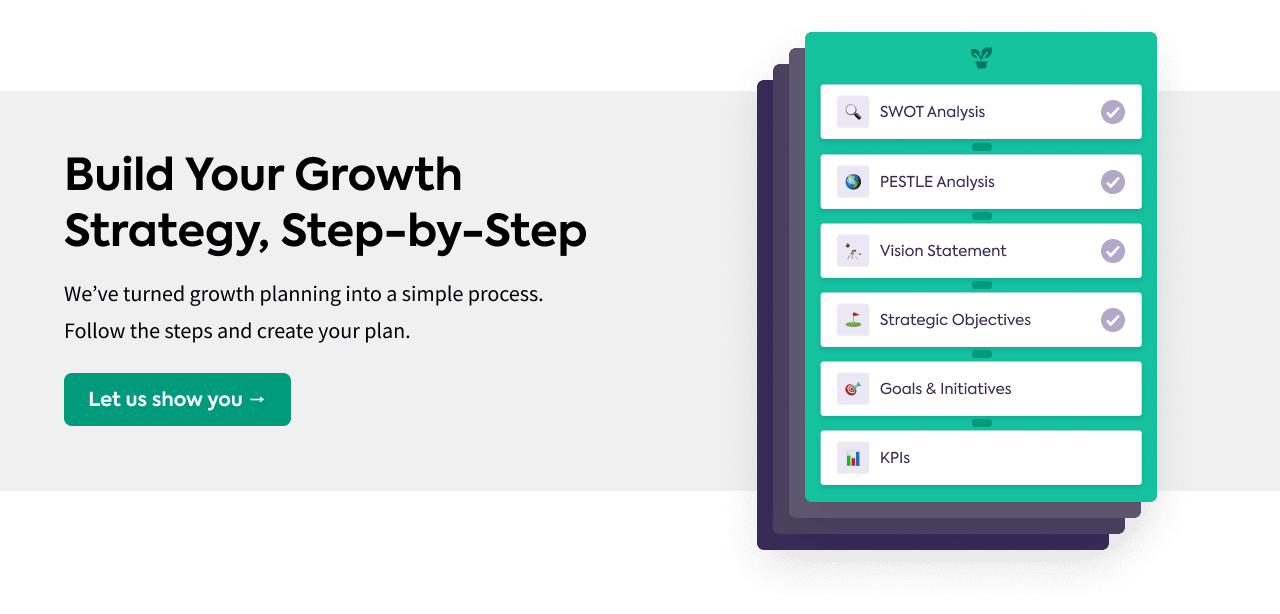Robert Simons is a Professor at Harvard University with extensive experience in business and strategy. His book Seven Strategy Questions: A Simple Approach for Better Execution covers the seven key questions you and your team should be aligned on and regularly reviewing in order to ensure you have a successful strategic plan that is being well executed.
In this article we’ll take a look at what the key questions are and how to go about answering them. Think of this as an introduction to Professor Simons’ work and if you want to go deeper you need only open his book! Let’s take a look at each question:
1. Who is your primary customer?
The first question asks you to define your primary, ideal customers. Who are the individuals that purchase your product or service regularly? A good way to answer this is through developing buyer personas. Personas are generalized, fictional profiles of your ideal customer that are used to align your team and tailor your messaging. You can find out more in our Ultimate Guide to Personas.
2. Are your core values prioritized between shareholders, employees or customers?
It’s well documented that a company should have core values by which it sets the behavior of itself and all team members. These influence the way relationships form, interactions occur, and how a brand is perceived. This second question digs a little deeper though by asking who is prioritized in the business?
Is it the shareholders, who own a percentage?
Is it the employees and wider team?
Is it the customers who use the product or service?
There’s no right or wrong answer and they may all inter-relate, for example you may have employees who are shareholders, or customers may be treated better if employees are put first, etc. Ultimately this question is posed for clarity so that when decisions are needed and there’s conflict of interest, it’s clear why choices are made.
3. What critical performance variables are you tracking?
These days it’s easy to generate thousands of KPIs from the immense amount of data your company produces. But too many KPIs will lead to a dilution of focus, overwhelmed management, and poorer decision making. You need to pick what’s most important and maintain a manageable focus on a set list of metrics.
Decide as a team what are the variables you should track. What is important to your business and your strategic ambitions? It may be that includes financial KPIs, or marketing KPIs, or more general KPIs, but keep it to a manageable load.
It helps to introduce the concept of strategic objectives, structured around a Strategy Tree. This structure will help to keep the KPIs and Goals you’re tracking relevant to your strategic intent.
4. What strategic boundaries have you set?
Focus is important for any strategy, to improve the chances of success. Deciding what you start doing, continue doing and stop doing is all part of a good approach to managing the business. This question looks at what you as a company have decided and agreed to do, and how are you ensuring that happens.
The Strategy Tree concept is a good approach to maintain this focus, as if activity does not fit within a Strategic Objective, it should not be happening in the business. This doesn’t mean a lack of innovation or the potential to diversify, it just is about ensuring that approach is agreed beforehand.
5. How are you generating creative tension?
To grow you have to continue to move forward and this question asks just that – how are you innovating as a business? The answer may involve things like:
- Bringing any outside factors that could impact your business into the discussion of the management or innovation team
- Setting aside a budget for R&D / innovation
- Using toolkits like the Ansoff Matrix
- Looking at diversification strategies
6. How committed are your employees to helping each other?
You’re not going to be successful without an aligned team who understand your strategy and commit to delivering that vision. This question is trying to get you to examine how your people interact with one another, what collaberation exists and how well operational processes move between teams. This is about focusing on establishing consistent team alignment across your business to improve efficiency and communication.
There’s a tonne of discussions around these topics – here’s a few articles to help you achieve that ideal team cohesion:
- Guide to Vision Statements
- Common Problems That Stop Team Alignment
- How to Communicate Your Strategy
- The Strategy Tree
7. What strategic uncertainties keep you awake at night?
Even the best strategies are prone to failure if you don’t keep them adaptive and open to change. This is one of the crucial reasons why strategy shouldn’t be done once a year as an annual event – it’s the steering wheel of your business. This is also why Lucidity exists!
Strategic unknowns, external events, internal issues, can all suddenly arise and disrupt your perfect plans. This final question challenges you to think about what uncertainties are present in your plan, with the subtext of how do you mitigate against them or react if they appear?












